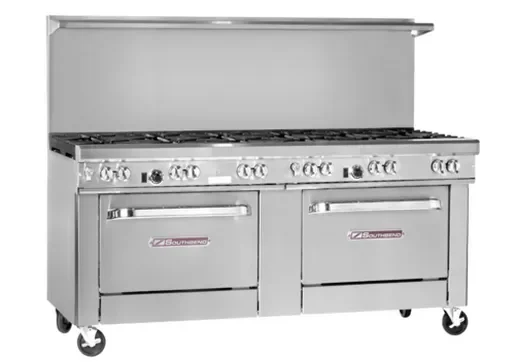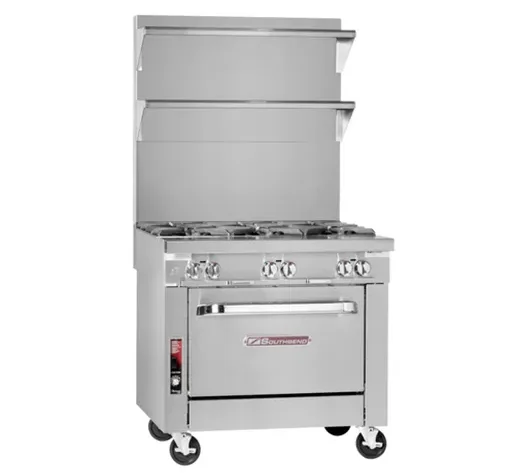Buying Commercial Kitchen Ranges: What You Need to Know
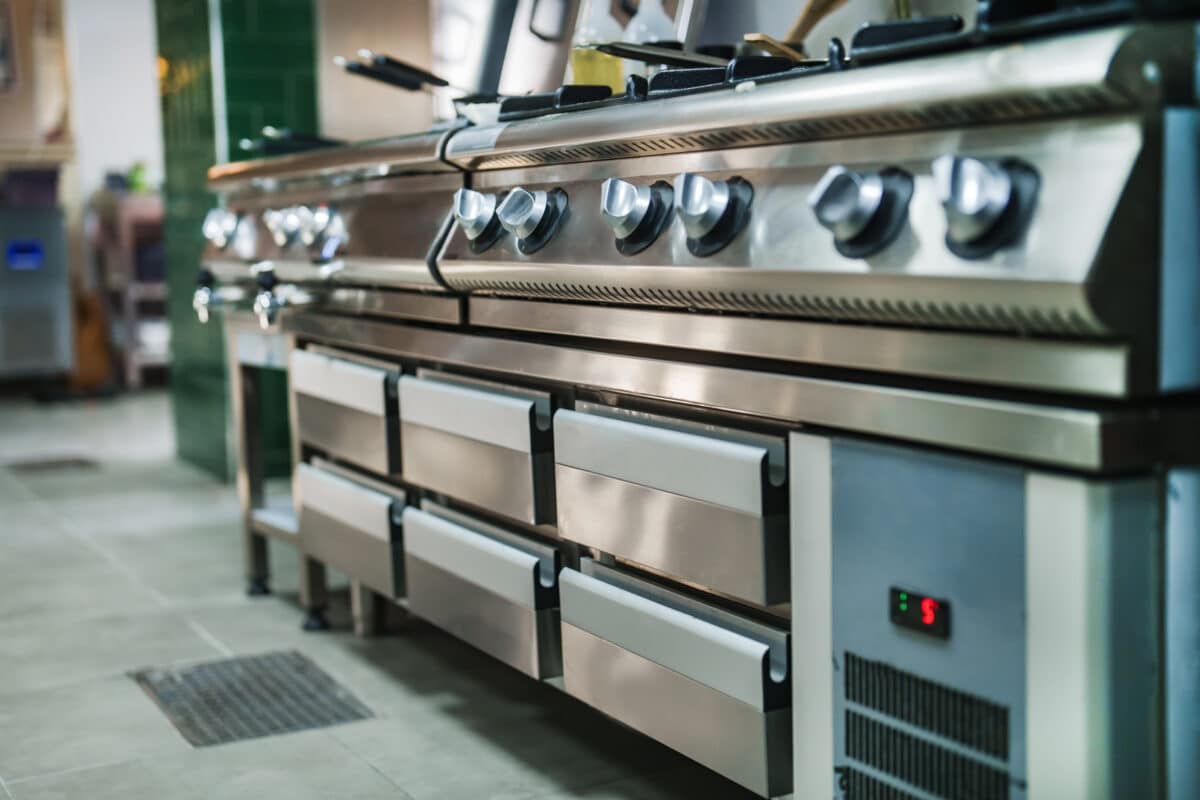
The single most used piece of commercial kitchen equipment is the commercial range. An excellent commercial range can handle the marathon of frying, sautéing, boiling, braising, simmering, and grilling from breakfast service to dinner service without breaking a sweat.
Because commercial ranges must be able to handle such a large volume of daily use, ensuring that your restaurant kitchen’s range is of the highest quality will help keep your doors open and your kitchen staff working at their highest capacity.
Commercial Ranges: Gas vs. Electric
There are two main types of commercial ranges: gas and electric. Gas ranges include open burner and sealed burner ranges. Electric ranges are flameless and include induction, French top, and combination ranges. Here is a breakdown of the main differences between standard gas and electric cooktops.
Gas Ranges:
Open Burner Ranges: Open burner ranges such as the Southbend 4725-3TR Ultimate Range are the most popular and common type of commercial kitchen range. Open burner ranges are defined by the fact that gas ports where the flame burns on each burner are exposed. This design allows more oxygen to flow through to the open flames, resulting in hotter burners with more temperature control.
Because of the hotter temperatures, open burner ranges are perfect for high-temperature applications like stir fry, sautéing, boiling large quantities of liquid, and cooking many Asian cuisines.
Direct access to the flames means you can easily and quickly change the temperature up and down without waiting for the burner to heat up or cool down. However, it also means that any over-boiling liquid or spilled food could fall into the flame ports or gas output lines and cause clogs, making cleaning more difficult.
Sealed Burner Ranges: Sealed burners are similar to open burners, relying on gas output to prude open flames. However, the gas ports on a sealed burner are encased in a metal cover with strategically placed holes in the sides where the flames come out. This results in a less direct and more evenly spaced-out heat source.
Since there is less direct oxygen flow, sealed burners do not get as hot as open burners, but they still retain a high level of control and quick temperature change abilities. They are great for nearly all stove-top cooking applications, except for extremely high-heat cooking styles like wok-frying.
Sealed burner ranges are much easier to clean since the gas ports are covered. They are also generally safer than open burner ranges since there is no direct access to the fuel line.
Electric Ranges:
Induction Ranges: Electric induction ranges are quickly becoming more popular in the food industry because of their fantastic energy efficiency. They also help keep kitchen temperatures down because the heating elements don’t release heat unless a pot or pan touches the surface. The surface heat is much gentler and more even than the open flame styles.
Commercial induction ranges like the Southbend P36T-III Platinum Sectional can handle anything sealed burner ranges can. However, since there is no direct flame, induction cooking is best suited for long cook times with consistent temperatures like braising, simmering, and boiling.
The surface of an induction burner generally takes much longer to come up to temp or drop back down. For this reason, removing the pan from the burner is sometimes necessary if the temperature rises too high. At the same time, they are much easier to clean since the entire range has a flat top surface.
French Top Ranges: French tops are flat cooking surfaces that are hotter in the center and get cooler toward the edges. Because the entire cook surface is heated, the chef can quickly move pots and pans around depending on their required heat. The French top can also accommodate more than one pan at a time.
French tops are great for finesse cooking styles that utilize lower-temperature and indirect heat. For this reason, they are often used for pastry and desserts because the surface is great for melting chocolate or making caramel.
These surfaces are very easy to clean, but they do not reach the higher temperatures that flame or induction burners do and are much less efficient since they need to heat an entire surface top. They also take a much longer time to come up to temperature.
Combination Ranges: Many commercial range suppliers can customize a range for your restaurant kitchen. Ranges can be made with any combination of gas burners and griddle tops, which usually come in 12″ increments, or can combine induction surfaces with other electric burner types, such as French tops. There are even dual-fuel ranges that offer gas burner tops with standard ovens or convection ovens underneath.
Factors to Consider When Buying a Commercial Range
So, what must you consider when buying a range for your commercial kitchen? There are several factors to think about when selecting the right commercial range for your culinary needs.
Size and Capacity
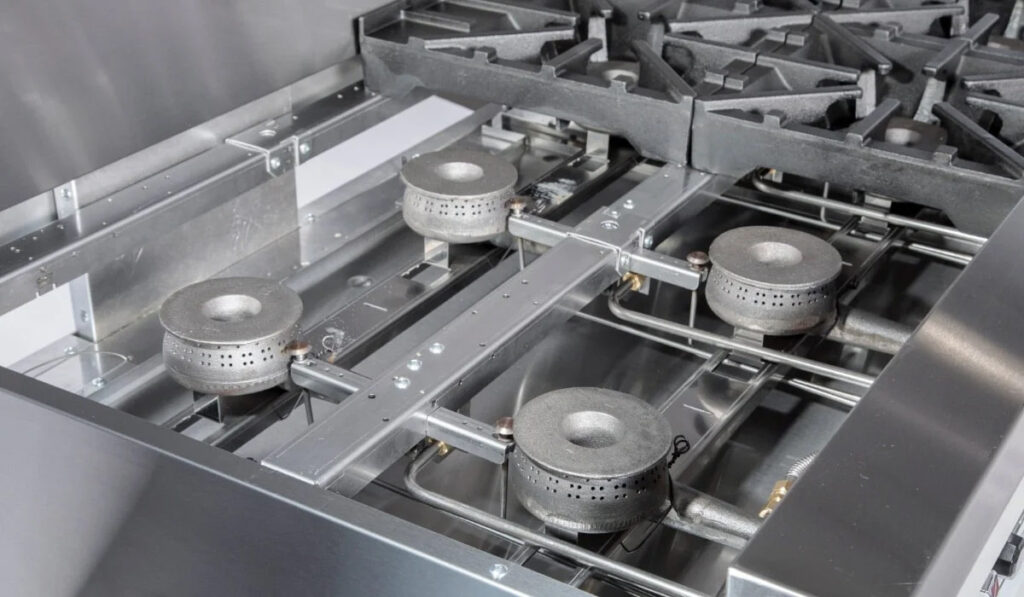
Knowing the volume of food your kitchen needs to put out and how quickly orders come in will help you determine the best commercial range size. Larger ranges can make more food at a time, which is especially helpful if your kitchen produces a lot of pre-cooked meals or regularly stores large quantities of prepped ingredients like stocks or sauces. Standard restaurant ranges are usually between 36″ and 72″ wide and combine burner hobs with griddle tops or broilers.
At the same time, it is important that your range is not too large, especially if you need griddle tops or French tops, as these require more energy the larger they are. If you don’t need to use the entire surface, you don’t want to spend the money to heat the whole surface, so knowing the number of burners you need will help save you money!
In addition to size considerations, there are also different types of ranges for specific applications. Ranges can vary in size from single-burner wok ranges and stock pot ranges to twelve-burner ranges with two ovens below, such as the American Range AR-12 72” Restaurant Range, which can accommodate as many as three cooking stations at a time.
Cooking Power and Heat Distribution
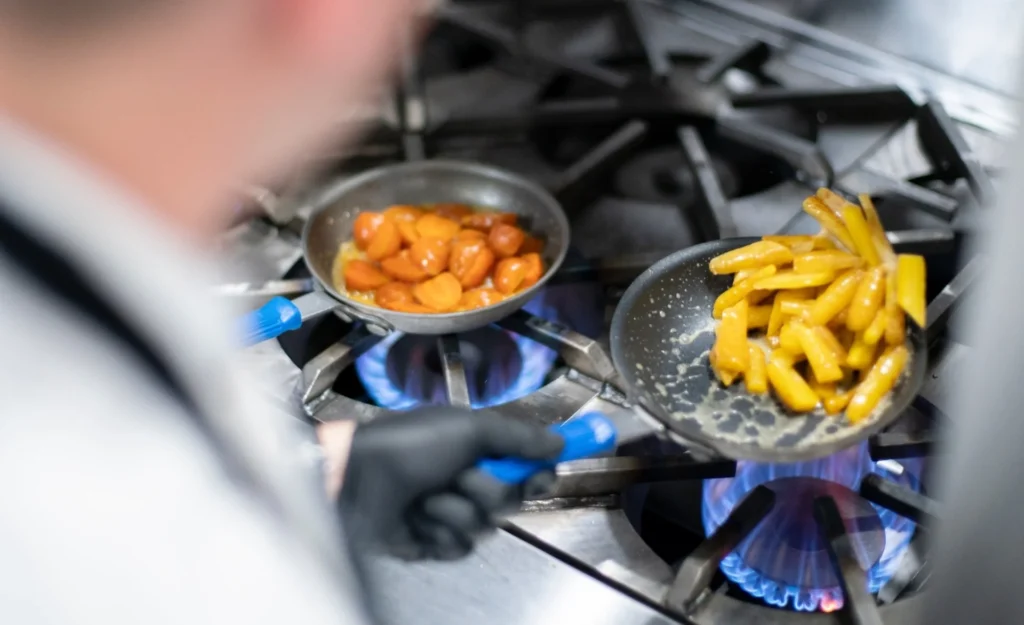
The power of gas ranges is measured in British Thermal Units (BTU). Depending on the model, commercial ranges can measure anywhere from 25,000 to 250,000 BTU, with individual burners ranging between 20,000 and 35,000 BTU output. The 30,000 – 35,000 BTU range is a standard choice for high-volume or high-heat cooking.
Electric ranges come with either 208-, 240-, or 480-volt capacity, with 480 volts being the standard choice for commercial applications.
While commercial gas ranges have always been the industry standard, that has changed in recent years. With energy efficiency becoming more of a public concern and possible health ramifications stemming from prolonged direct exposure to natural gas being more widely recognized, commercial electric ranges are gaining popularity.
Features and Accessories
Commercial ranges come in various range top configurations, but you also must consider what would be most helpful below the range top. Many commercial kitchens opt for range models with gas, electric, or convection ovens as their range bases, but there are other options as well. Some kitchens find it more helpful to have refrigeration space, freezer units, or even storage shelving below their cooktops. Knowing how your kitchen staff operates and what storage or refrigeration concerns your kitchen setup has will help you determine the best option.
For instance, if your menu necessitates the use of newly cleaned pots and pans regularly throughout meal service, having access to a stack of clean pots and pans beneath the range will help your kitchen staff have what they need on hand at all times.
It is also possible to add accessories like salamanders, cheese melters, or griddle broilers to your range.
Durability and Build Quality
Commercial ranges are classified as “restaurant” or “heavy duty.” They are often sold in pre-designed cooktop and range base configurations. On the other hand, heavy-duty ranges are built with thicker metal, have more BTU output, and often come with custom or modular designs and configurations that work well with additional accessories.
The heavy-duty ranges are built to last longer and withstand high-volume use and higher-temperature cooking. With stronger joints, more insulation, and more durable hose, connectors, and hardware, they are an excellent choice for even the busiest kitchens.
Choosing the Right Commercial Range for Specific Uses

Many commercial kitchens produce many types of food – from sauces to soups, pasta dishes, and pastries. The right range for your kitchen depends on many factors and should be considered carefully before deciding which (or how many) commercial ranges you need.
For high-volume cooking, the most essential features to look for in a new commercial range are:
- A heavy-duty build
- Plenty of burners for multiple simultaneous uses or;
- A large cooking surface for multiple pots/pans.
- Griddle top for direct cooking multiple orders at once.
- At least 30,000 BTU per range unit or 480 volts.
Features specifically designed for restaurant and food service settings include:
- Industrial wheel casters to help pull the range out easily for cleaning.
- Quick-release hose connectors for easy disconnecting during cleaning or rearranging
- Electric burner ignitions for gas range burners.
If durability and performance are what you’re looking for, search for:
- Cast iron burner plates.
- Heavy-duty ranges that can be “batteried,” meaning they can be placed directly next to additional ranges or cooking surfaces that are connected to the same gas source.
- High-quality connectors and hoses.
Installation and Maintenance Tips for Commercial Ranges
Once you’ve selected the right type of commercial range, it’s essential to know how to keep it in perfect working order for years of use and fool-proof cooking.
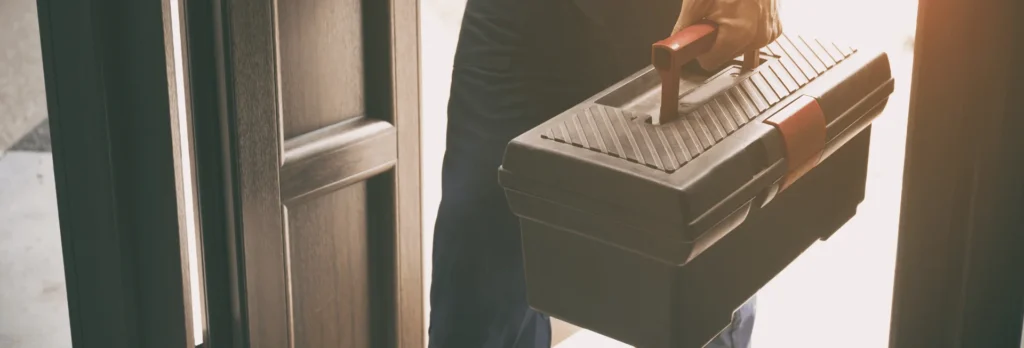
Proper Installation Procedures
Electric ranges are typically easier to install and can fit in a larger variety of spaces than gas ranges. Since electric ranges only need to be plugged in, they can work anywhere your kitchen has space and an outlet. On the other hand, gas ranges must be connected to a stationary gas line hookup for cooking and fully disconnected from the gas line before being pulled out for cleaning.
Important Note: As per most states’ health and safety codes, gas ranges, ovens, and broilers must be installed with a vent hood above. The hood must extend at least 6″ past the equipment width, so if space is a concern for your kitchen, that may affect the range size you can accommodate. Electric ranges may not need a vent hood, depending on the airflow, grease/smoke output, and odor produced.
Cleaning and Care
To ensure the longevity and proper performance of your commercial kitchen range, maintaining a daily cleaning routine and a monthly deep cleaning routine is vital. Allowing food buildup and residue to collect on your range puts you in danger of grease fires, smoke, and equipment malfunction.
Your daily cleaning routine should include removing all food debris and residue from the cooking surfaces, cleaning any clogs out of the gas ports, and sanitizing any surfaces regularly touched by the kitchen staff. Monthly deep cleaning should include soaking and scrubbing the burner grates, seasoning cast-iron grates with a thin layer of vegetable oil, inspecting gas line connections, cleaning wheel casters, pulling the unit out to clean the floor beneath and wall behind, and thoroughly scrubbing surfaces with a gentle scouring brush.
To prevent unnoticed issues from compounding and ensure each component of your commercial kitchen range is working correctly and efficiently, you should have a professional appliance service perform a yearly inspection.
Top-of-the-Line Commercial Ranges from Eleven36
When it comes to commercial kitchen ranges, the choices are nearly endless, but finding the perfect range to meet your restaurant kitchen’s specific needs doesn’t have to be complicated. As long as you know how much food your kitchen puts out daily (low volume or high volume), the cooking styles best suited for your restaurant’s menu (high-heat fast cooking vs. low and slow simmering), your kitchen’s available space, and what equipment your kitchen staff needs to have most on hand (storage, refrigeration, freezer, or oven), then your search will be a piece of cake!Here’s the bottom line: The commercial kitchen range is the centerpiece and workhorse of your restaurant’s kitchen equipment. This is why Eleven36 only offers the best quality and most reliable ranges for our clients. High-end industrial ranges may cost more than most of the standard basic ranges, but ensuring you have a range that can accomplish everything you need will keep your restaurant performing at the top of its abilities and keep your customers coming back again and again.

